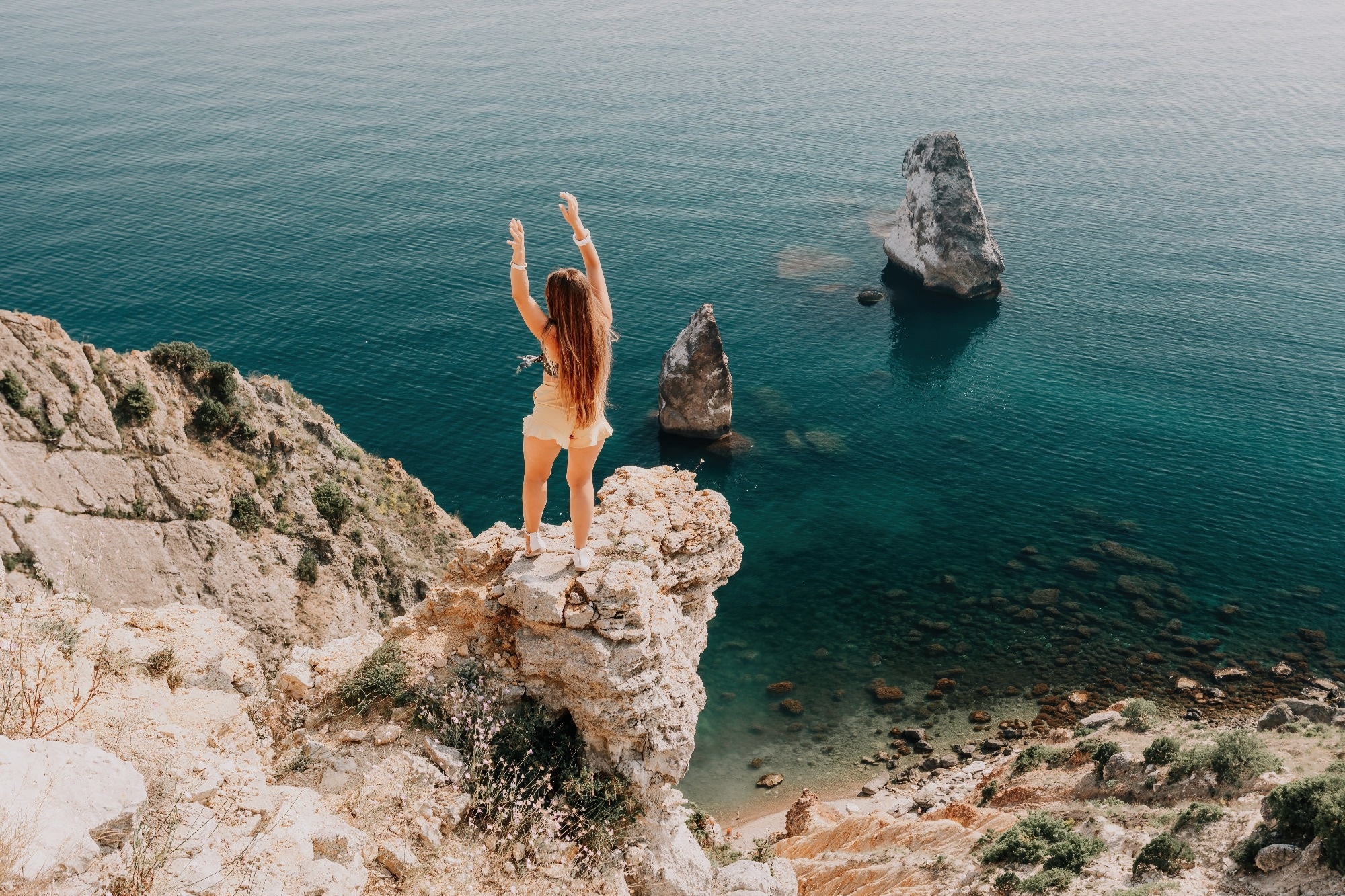In a recent study published in the journal JMIR Formative Research, a group of researchers investigated the impact of the coronavirus disease 2019 (COVID-19) pandemic on selfie-related mortality trends by comparing the frequency and circumstances of fatal selfie incidents before and during the pandemic.
 Study: Social Media and Selfie-Related Mortality Amid COVID-19: Interrupted Time Series Analysis. Image Credit: panophotograph / Shutterstock
Study: Social Media and Selfie-Related Mortality Amid COVID-19: Interrupted Time Series Analysis. Image Credit: panophotograph / Shutterstock
Background
The COVID-19 pandemic prompted an inquiry into its impact on selfie-related mortality, part of extreme social media behaviors, due to observed pre-pandemic rising trends in such fatalities, primarily among young, risk-seeking individuals. Lockdowns and restrictions during the pandemic potentially reduced such risks, revealing altered behaviors and associated dangers during global crises. Further research is imperative to better understand the interactions between pandemics, social behaviors, and associated mortality risks to devise preventive strategies, considering the dynamic nature of social media behaviors and potential future pandemics.
About the study
The researchers employed a quasi-experimental design to evaluate temporal trends in monthly selfie-related deaths during the pandemic, analyzing occurrences from March 2014 to February 2020 and then from March 2020 to April 2021, marking the first year of the pandemic. Most countries initiated lockdowns and enforced travel restrictions during this first year following the World Health Organization's (WHO's) declaration of COVID-19 as a pandemic in March 2020.
To identify selfie-related deaths, the researchers conducted Google searches using terms such as "death," "selfie," and "mortality," focusing on incidents reported in web-based English media globally. The Wikipedia selfie-related death registry was also referenced to catch any overlooked reports. The criteria for a selfie-related death included unintentional death of individuals attempting to take a selfie or anyone else involved in the incident while excluding nonfatal selfie injuries and incidents with unreported months of death. Pertinent details such as country, date, cause of death, and the demographic information of the victim were meticulously recorded.
For statistical analysis, interrupted time series regression was applied to observe the monthly variations in the total number of selfie-related deaths before and during the pandemic. Employing autoregressive models facilitated monitoring trends in the monthly number of selfie-related deaths and controlling for correlation and seasonality in the number of deaths between months. This method is deemed optimal for discerning the impacts of sudden unplanned events, enabling a robust exploration of trends in selfie-related deaths during the distinct phases of the pandemic.
Study results
Between March 2014 and April 2021, the researchers identified a total of 332 selfie-related deaths, with 18, or 5.4%, occurring during the COVID-19 pandemic. The majority of victims were males, accounting for 66.6% of the total, and were predominantly under the age of 40, comprising 89.2%. The nations recording the highest instances of selfie-related fatalities were India with 46.1%, the United States (U.S.) with 8.4%, and Russia with 6.0%. The demographic distribution, pertaining to sex, age, and country, of selfie-related deaths remained consistent before and during the pandemic.
In examining the causes of these deaths, drowning emerged as the most frequent cause, constituting 35.5% of the total deaths, followed by falls at 30.4% and transport-related injuries at 20.5%. Falls became notably prevalent during the pandemic, accounting for 61.1% of deaths in this period. Prior to the pandemic, falls and drowning were significant contributors to selfie-related deaths, each accounting for 28.7% and 36.6%, respectively.
There was a notable, steady monthly increase in the number of selfie-related deaths from March 2014 to February 2020, which experienced a sharp decline with the advent of the pandemic. The pre-pandemic period recorded an average of 4.3 selfie-related deaths per month, showing a minor monthly increase of 0.006 deaths. However, during the pandemic, this average decreased to 1.3 deaths per month. The implementation of lockdown measures in March 2020 alone resulted in a reduction of 2.6 deaths. Subsequently, the number of selfie-related deaths experienced a monthly decrease of 0.05 throughout the pandemic. However, this trend did not attain statistical significance, attributed to the low number of deaths and the shorter duration of follow-up during the pandemic.
This study meticulously explores selfie-related deaths amidst the global health crisis of COVID-19, revealing a notable decrease in such fatalities. This underscores the unintended influence of pandemic-induced lockdowns and travel restrictions on risky social media behaviors. The extensive analysis across diverse nations and demographics enriches understanding of this phenomenon, providing insights critical for devising preventative measures and strategies in public health and digital behaviors to navigate the intricate intersection of social media use and associated risks, particularly in unprecedented global scenarios.
Conclusions
To summarize, the study uncovers how the pandemic-induced lockdowns and restrictions seemingly decreased global selfie-related mortality, an unexpected influence on unintentional injuries, despite increased social media engagement during this period. The findings point out that opportunities for risky selfies were limited, even as social media remained a primary source of information and social connections. It indicates that traditional preventative measures like no-selfie zones and barriers have not significantly curbed selfie-related deaths, pointing towards a need for novel, effective preventative strategies, possibly focusing on mobility and tourism, to manage risks related to selfie-taking in hazardous settings, while considering the observed behavioral shifts during global crises.